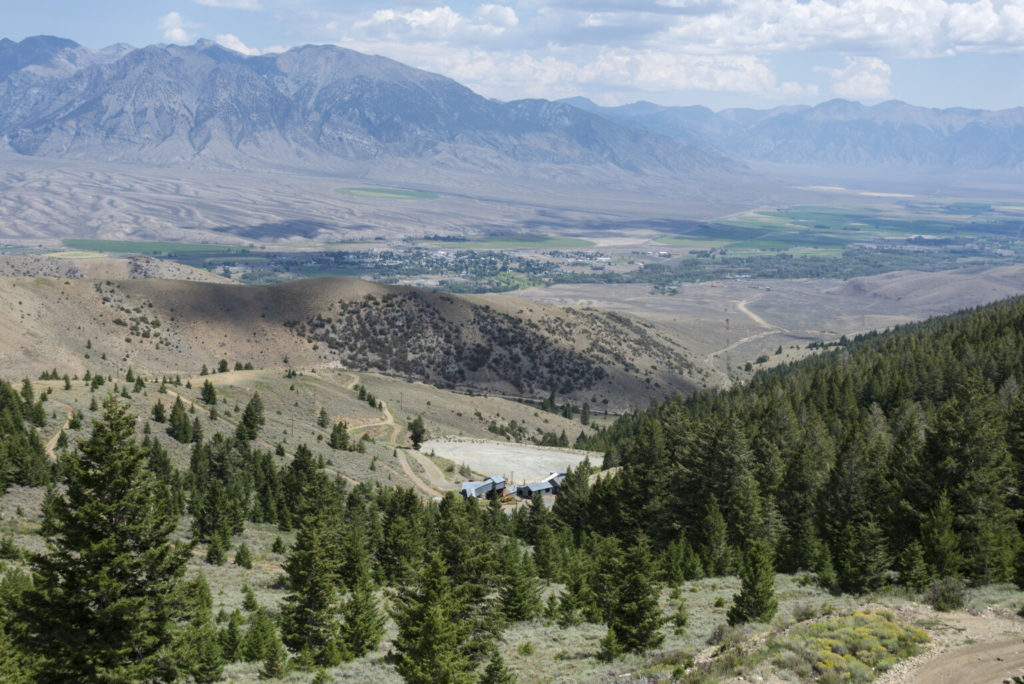
Empire Mine update from Mike Gibson August 2022
Greetings Hemingway TUers,
The Empire Mine proposed for Mackay in 2021 is a significant development for all fishermen and residents who use and occupy the the Big Lost River and its valley.
Below is the best current analysis to date of the status of the proposed mine-reopening as well as a list of serious issues that must be weighed before the mining operations are permitted.
Please see below for an important and timely update on the Empire Mine in Mackay from our friends that are monitoring the issue. As of yet the Managing Agencies have not launched a public scoping process on the issue, but will keep you informed of any opportunities to comment when they occur.
Nicholas Miller
Hemingway Chapter President
To Our Concerned Friends of Mackay and The Big Lost River,
You have likely seen recent communications from Phoenix Copper in both the Idaho Statesman and Idaho Mountain Express. Both pieces are intended to appeal at the highest level to readers to support the clean energy transition with American minerals, copper especially, while also following the standards for public companies in the Environmental, Sustainability and Governance areas. These are very appropriate goals BUT they do not give companies the green light to mine in all places.
As you know, collectively our objective has been to follow Phoenix Copper diligently and ultimately to shape the Empire Mine project and follow-on mining to follow the highest standards to protect public lands, the Big Lost River valley, the town of Mackay and the Big Lost River itself. Community participation is essential to ensure that mine development considers all impacts to the environment, not just the company’s business plan.
In doing so, we find Pheonix Copper’s public facing information focused on current exploration efforts and securing additional mineral leases. But that information is often lacking and inconsistent with respect to mine financing, development, and operation. Our concerns are greatest in the following areas:
1. ECONOMIC FEASIBILITY STUDY – While likely the critical study for determination of mineral reserves, operations plans, and obtaining financing, this study has yet to be released to the public.
2. MEANINGFUL PUBLIC PARTICIPATION – A Konnex Resources (mine operator) local action committee was formed in March with membership skewed towards mine supporters. A monthly newsletter was also started. While touted as a source of community input, no meetings have been held since April and the newsletter has not been published since then. It is unclear whether these efforts will continue. While occasionally mentioning the importance of this project to the local community, it should be noted that Phoenix Copper is a London, England-based company with a Board of Directors that is almost exclusively non-US residents, chartered outside of the United States, and answering to shareholders that are not from Idaho.
3. WATER RESOURCES – Conflicting statements have been made about the quantity and source of water needed for mining operations. While the Big Lost River water is fully allocated and the arid valley is extremely water limited, little outreach has been done with local stakeholders pertaining to current and possibly future water needs.
4. JOBS AND LOCAL/REGIONAL ECONOMIC BENEFITS – While the proposed Empire Mine site and processing operations are located literally on Mackay’s “back doorstep”, access is proposed through the center of town and processing is near and upslope from the Big Lost River. These issues have never been defined, even generally. Other issues like changes to the valley and the town of Mackay (roads, bridges, traffic and other infrastructure) are also not identified. Air quality issues from tailings dust and noise pollution from blasting, transportation, crushing, and processing have also received minimal disclosure thus far.
5. SITE REMEDIATION AND RECLAMATION – It is simply unknown at this time if Phoenix Copper will ultimately have the financial resources necessary to provide the cash bond for this mining project based on the accuracy of their estimates of future costs. There are many examples of mine failures where the State and local communities were ultimately required to bear that burden. The Zortman and Landusky mines in Montana, the Grouse Creek Mine near Stanley and the Triumph Mine in Blaine County are all relevant and ongoing cautionary examples.
The original Plan of Operations (PoO) for this project was filed in June 2021, but the BLM deemed that initial submission to be incomplete. As of early August 2022, Konnex has not yet filed a revised plan to the BLM to our knowledge. The BLM must have a complete PoO in hand prior to initiating the Environmental Impact Statement process (which will include public participation).
Thank you for your continued support and interest in the proposed Empire Mine and its potential adverse impact on the Big Lost River Valley, town of Mackay, and the Big Lost River.
Regards,
Josh Johnson (ICL), Michael Gibson (TU), and concerned citizens Joe Chlebowski, Terry Ring, and Mark Ullman
If you have questions or comments please reach out to nickpmiller2011@gmail.com or michael.gibson@tu.org
*Photo from Idaho Conservation League: looking from behind the mine towards the town of Mackay



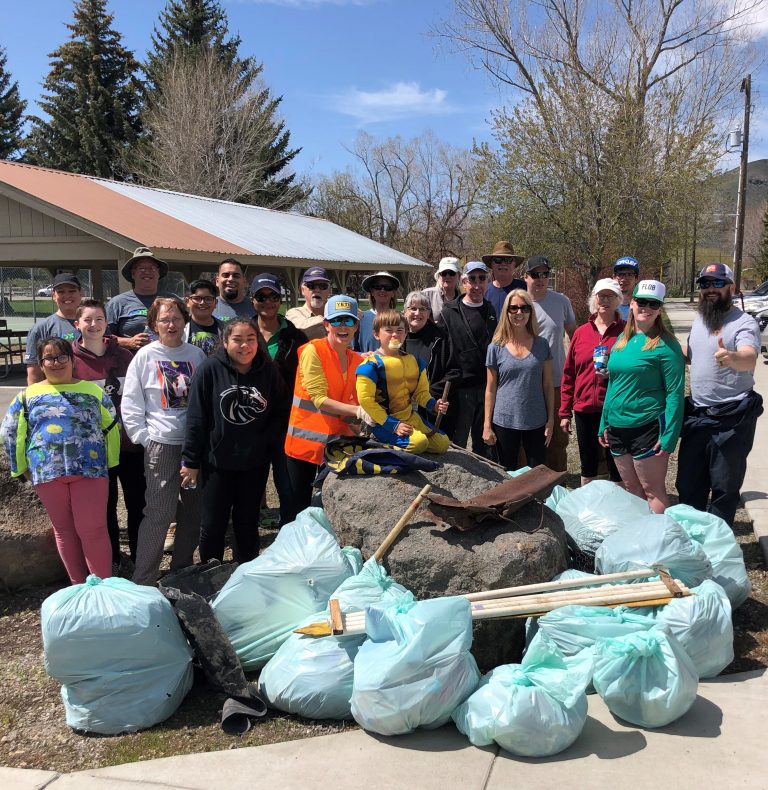
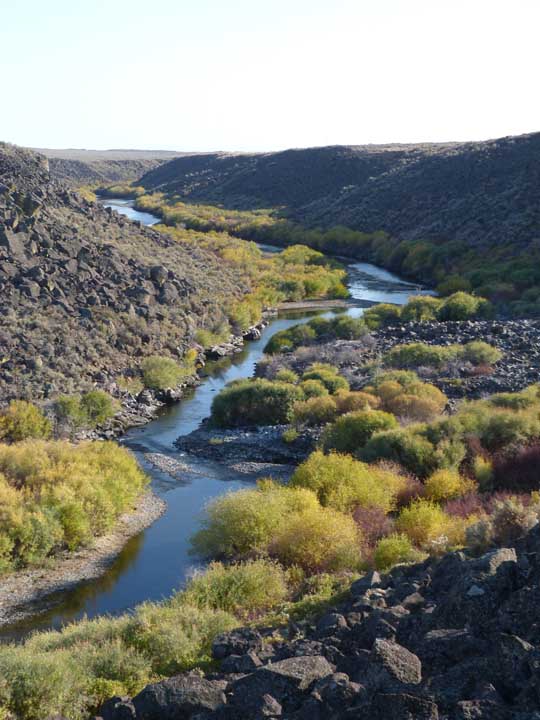

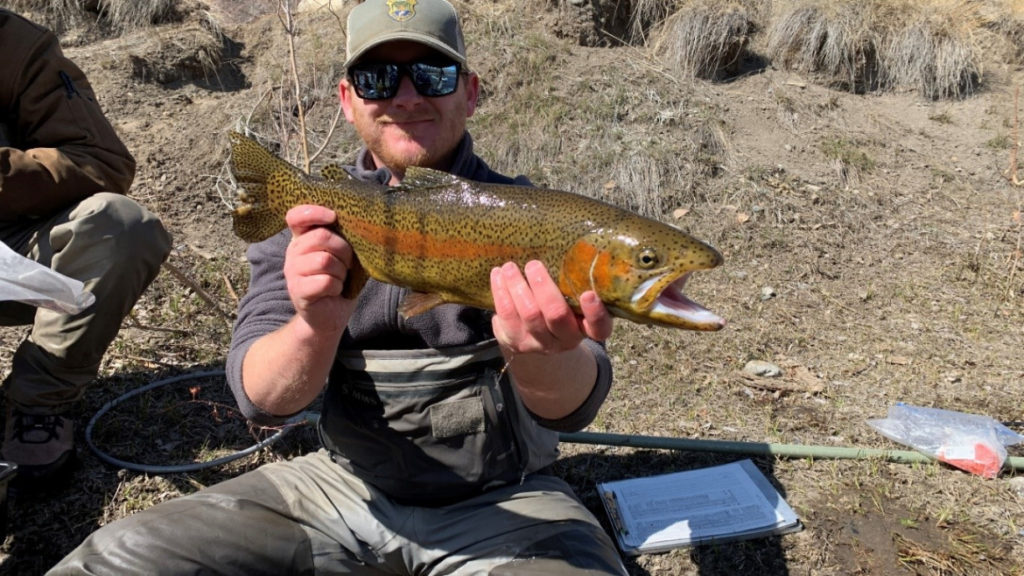
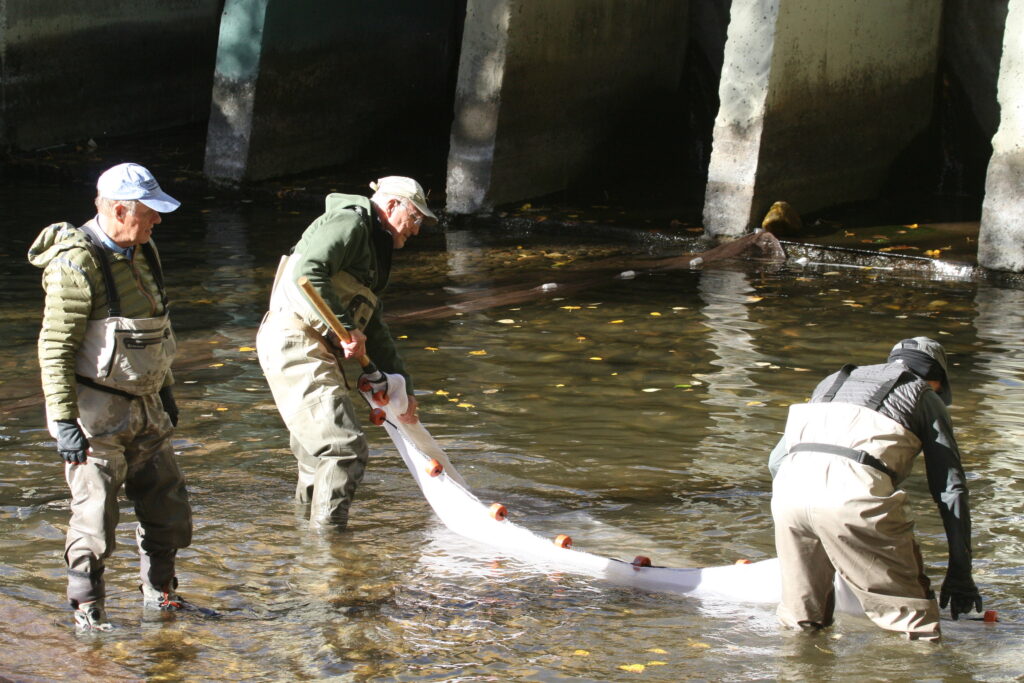

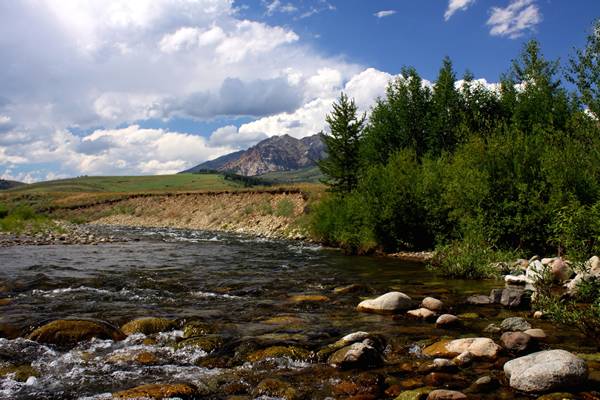 Volunteers and Staff from TU and the US Forest Service performed a stream enhancement project on Lake Creek this October 2015. The enhancement consisted of adding large woody debris in-stream to add fish habitat and assist with stream hydraulics. Volunteers moved log sections, secured them in-stream, and performed additional riparian enhancement work in 2014. In 2015 phase 2, took place over three days. Volunteers planted a variety of stream side vegetation that will provide, shade, habitat and stabilization to the habitat. Lots of digging through rocky soils presented a challenge but the volunteers were undaunted.
Volunteers and Staff from TU and the US Forest Service performed a stream enhancement project on Lake Creek this October 2015. The enhancement consisted of adding large woody debris in-stream to add fish habitat and assist with stream hydraulics. Volunteers moved log sections, secured them in-stream, and performed additional riparian enhancement work in 2014. In 2015 phase 2, took place over three days. Volunteers planted a variety of stream side vegetation that will provide, shade, habitat and stabilization to the habitat. Lots of digging through rocky soils presented a challenge but the volunteers were undaunted.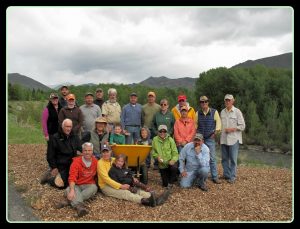 The Hemingway Chapter of Trout Unlimited has been partnering with The Wood River Land Trust since 2006 on this annual project. Each year we provide maintenance to the accesses and trails at Box Car Bend on the Big Wood River.
The Hemingway Chapter of Trout Unlimited has been partnering with The Wood River Land Trust since 2006 on this annual project. Each year we provide maintenance to the accesses and trails at Box Car Bend on the Big Wood River. 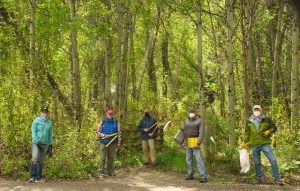 One of the ongoing projects the Hemingway Chapter is involved in, is marking and maintaining access to the Big Wood river. We have been doing this for over a decade and Board Member Dave Spaulding, has been the lead on this effort. In 2011 we began posting fishing regulation and access signs in English and Spanish on almost all of the Big Wood river accesses. We continue to maintain the accesses clearing them of overgrowth and making them visible. This year we will again provide maintenance to these accesses and ensure regulation and access signs are posted. Usually the project is done by 4 to 6 people over several days. This year members of the TU Board gathered together to clear the access at the two Flying Heart access points. These two parking have been closed down by the homeowners association. Blaine County Commissioners, Silver Creek Outfitters and TU Hemingway Chapter are in the process of trying to resolve this issue. We parked just off of the highway and walked into the access sights and cleared the trail . We will be sending out notices of the dates for this project, once we have them scheduled. Volunteers are needed to participate in one day or all of them.
One of the ongoing projects the Hemingway Chapter is involved in, is marking and maintaining access to the Big Wood river. We have been doing this for over a decade and Board Member Dave Spaulding, has been the lead on this effort. In 2011 we began posting fishing regulation and access signs in English and Spanish on almost all of the Big Wood river accesses. We continue to maintain the accesses clearing them of overgrowth and making them visible. This year we will again provide maintenance to these accesses and ensure regulation and access signs are posted. Usually the project is done by 4 to 6 people over several days. This year members of the TU Board gathered together to clear the access at the two Flying Heart access points. These two parking have been closed down by the homeowners association. Blaine County Commissioners, Silver Creek Outfitters and TU Hemingway Chapter are in the process of trying to resolve this issue. We parked just off of the highway and walked into the access sights and cleared the trail . We will be sending out notices of the dates for this project, once we have them scheduled. Volunteers are needed to participate in one day or all of them.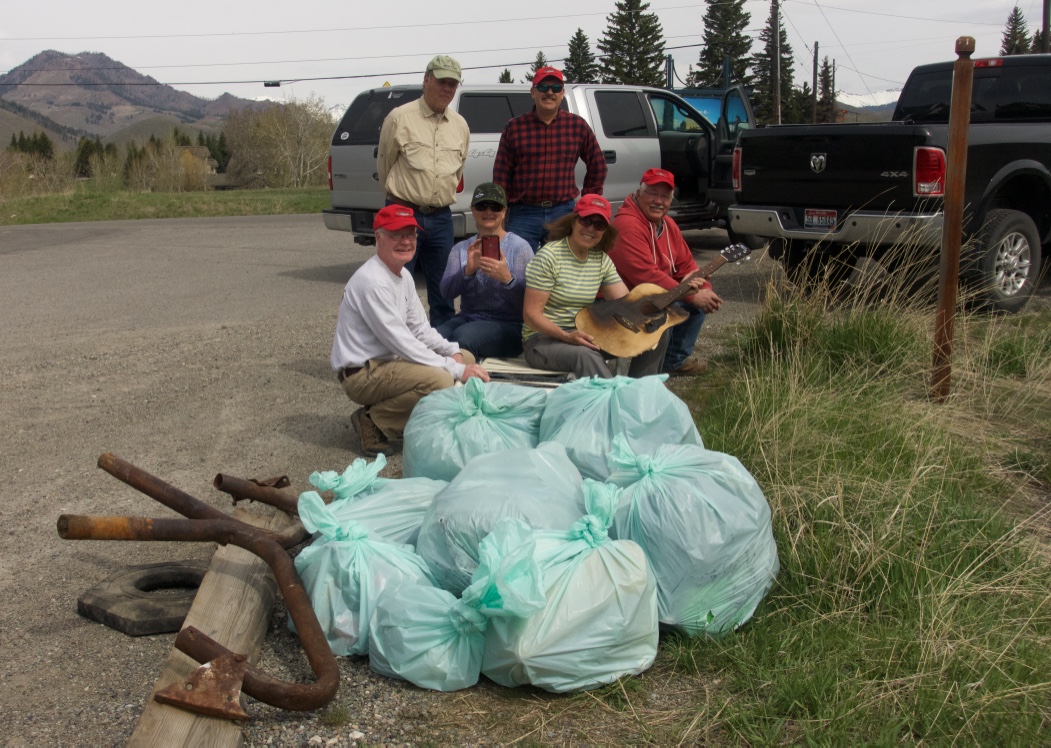 Each spring since 2017 the Hemingway Chapter supports and participates with a team in the ERC “clean sweep” of the Wood River Valley. Volunteers join together and clean up the river and banks along the Big Wood River at River Run access up and down stream. We have found and removed a chaise lounge , burnt up guitar, a muffler system and lots of beverage bottles and cans, road cones and general debris. Our team has won the “best spirit” award and “most unusual find” awards. This is a fun event and accomplishes our goal of protecting our rivers.
Each spring since 2017 the Hemingway Chapter supports and participates with a team in the ERC “clean sweep” of the Wood River Valley. Volunteers join together and clean up the river and banks along the Big Wood River at River Run access up and down stream. We have found and removed a chaise lounge , burnt up guitar, a muffler system and lots of beverage bottles and cans, road cones and general debris. Our team has won the “best spirit” award and “most unusual find” awards. This is a fun event and accomplishes our goal of protecting our rivers.